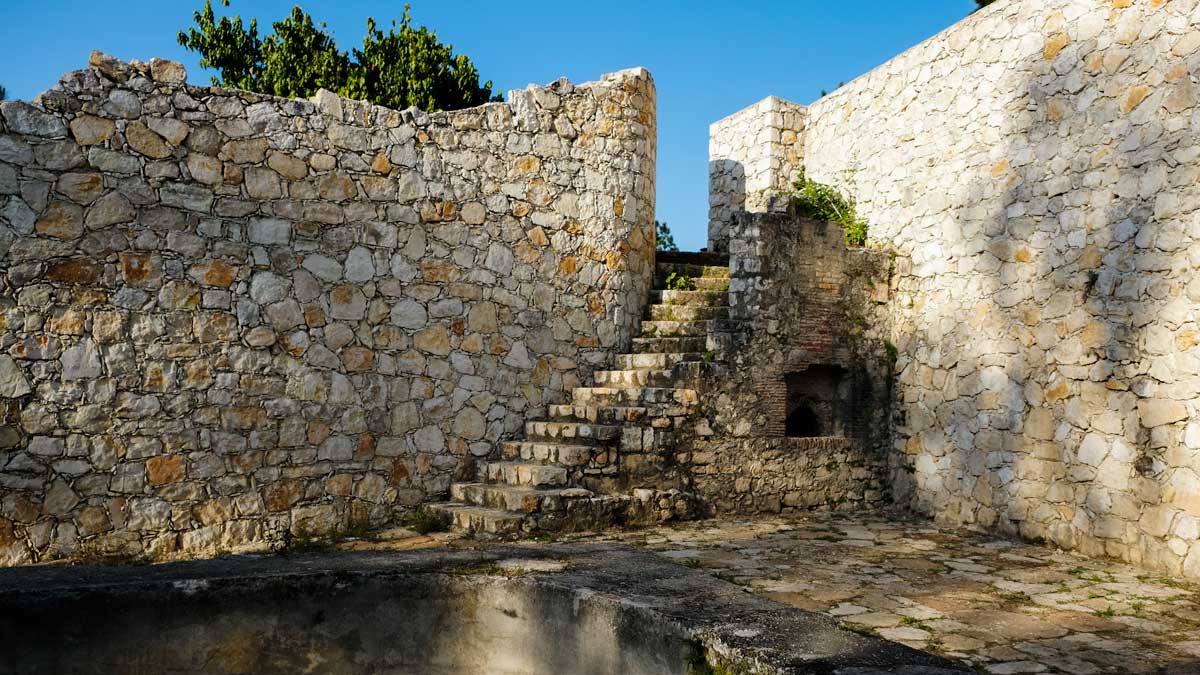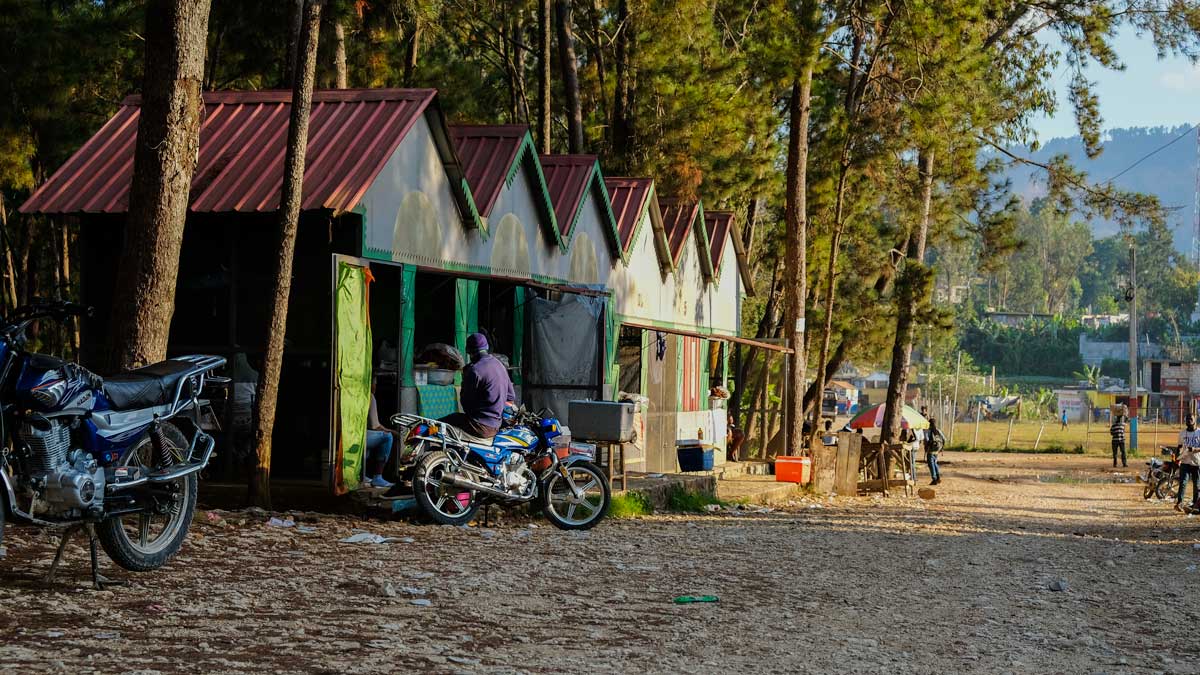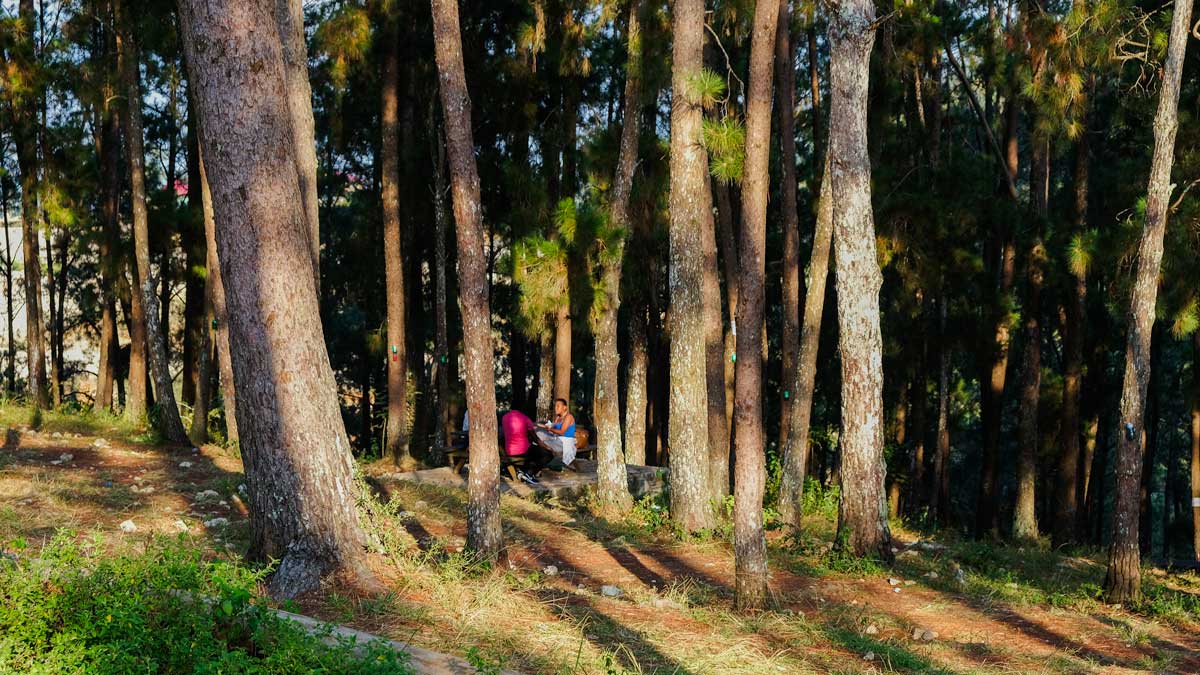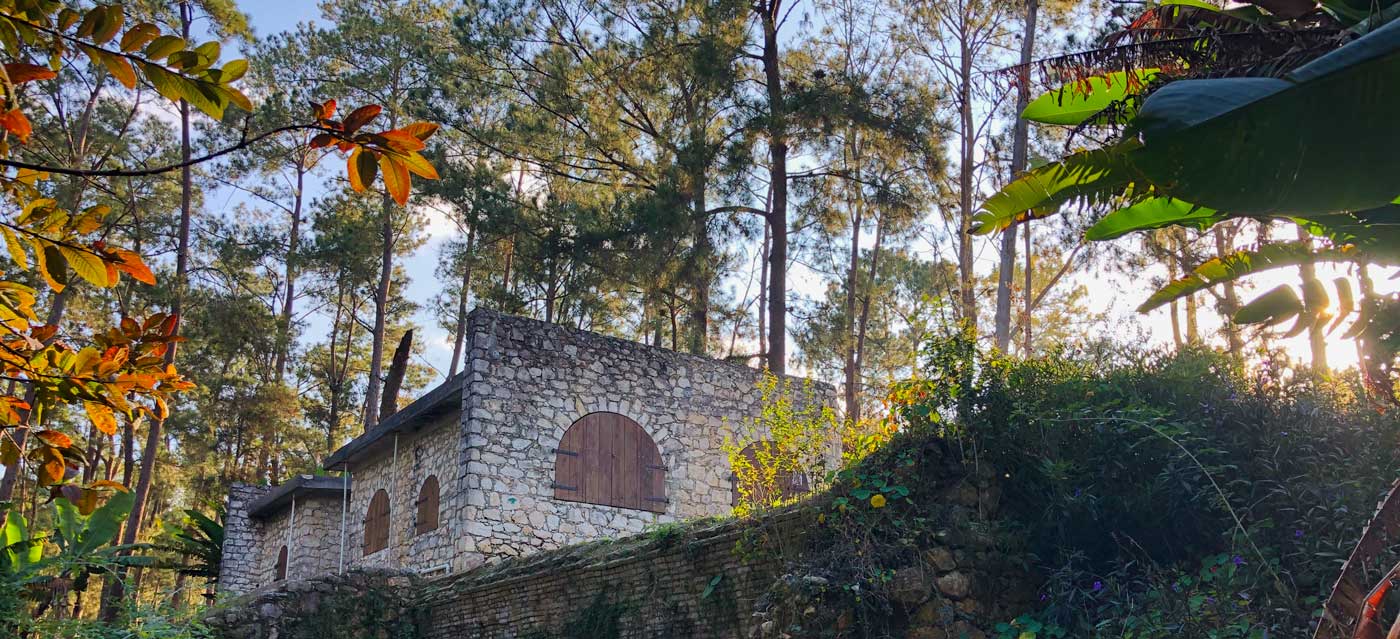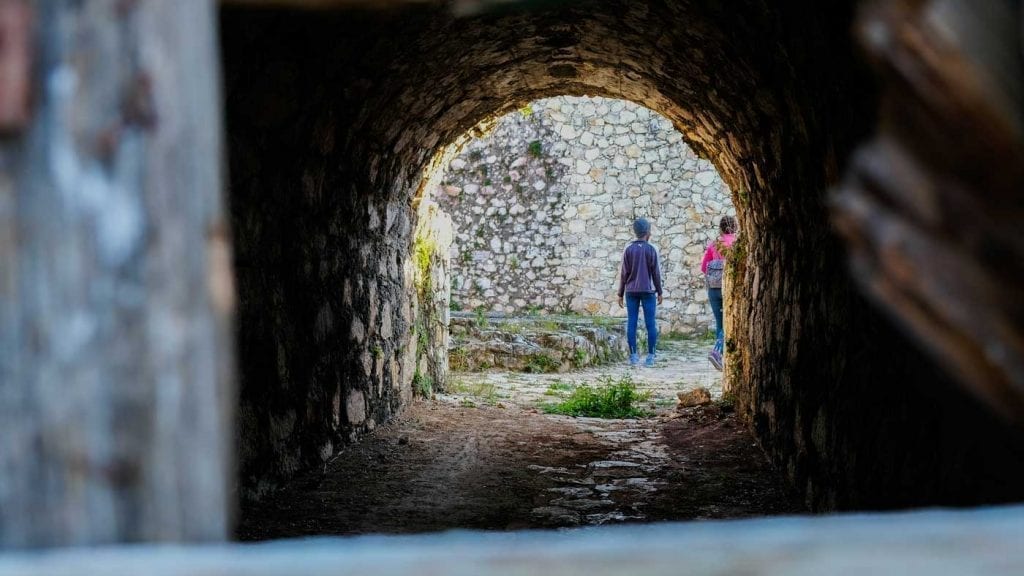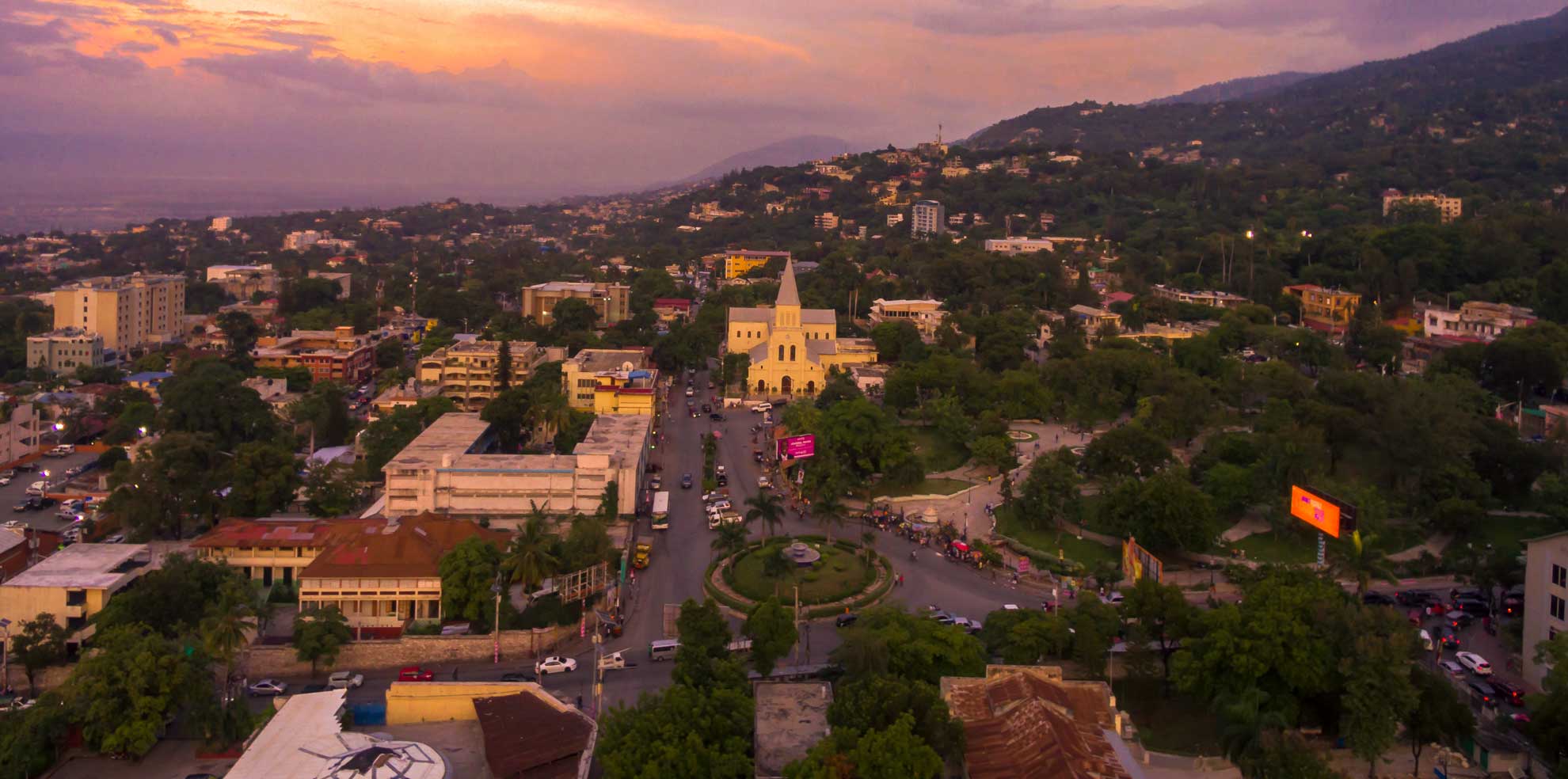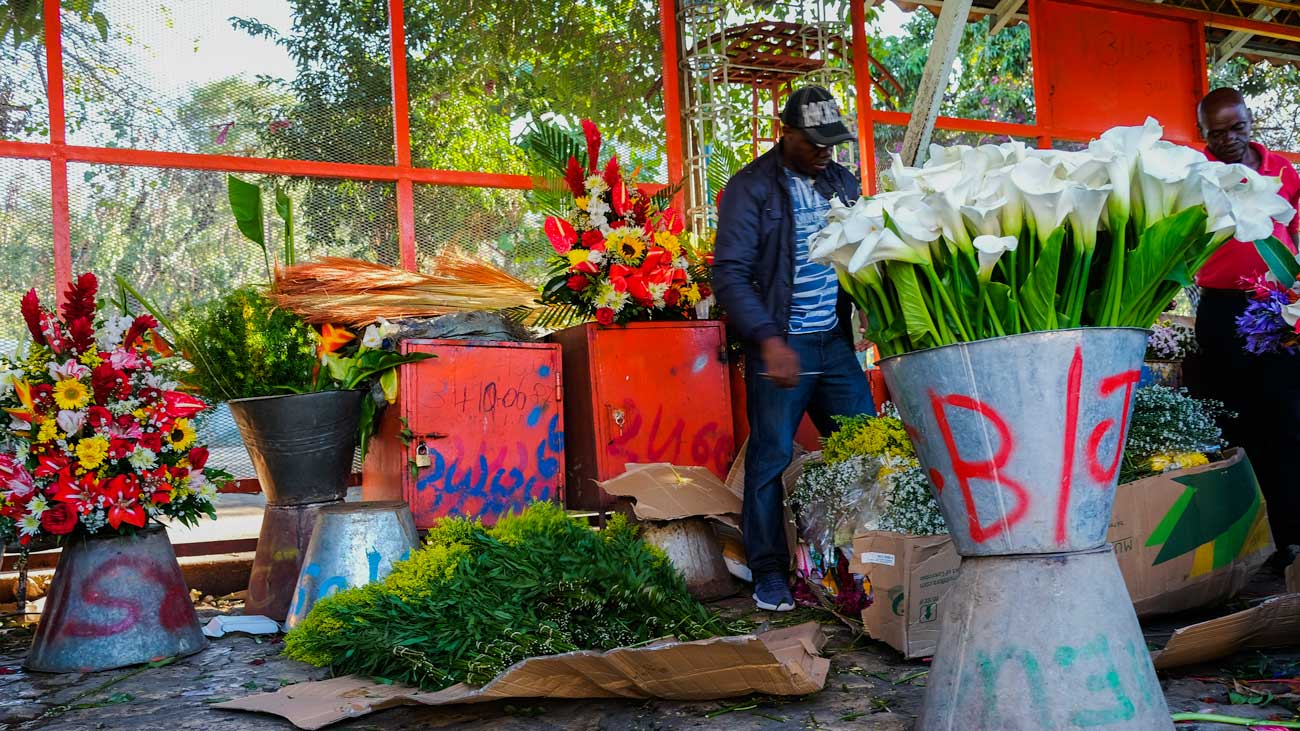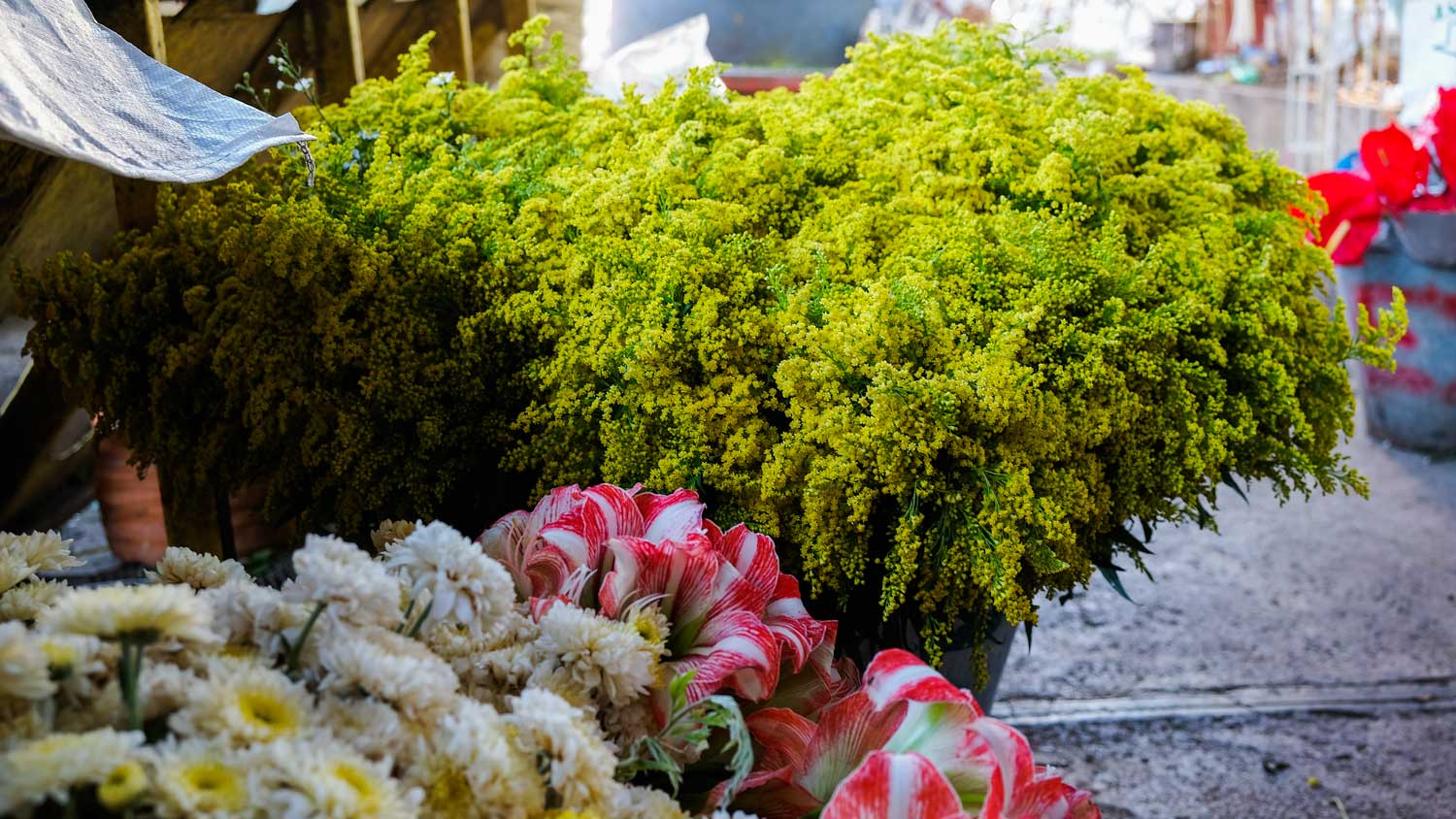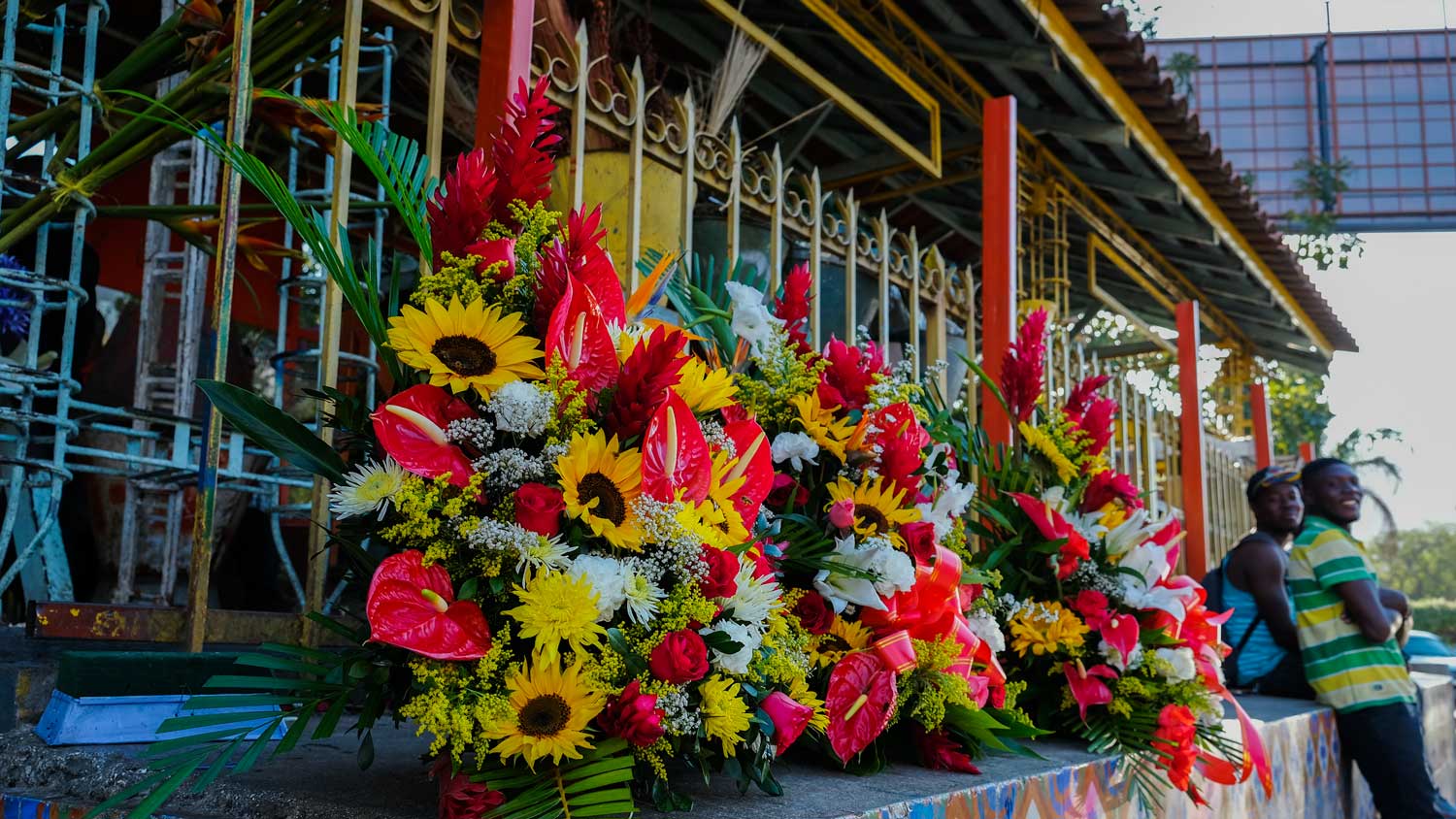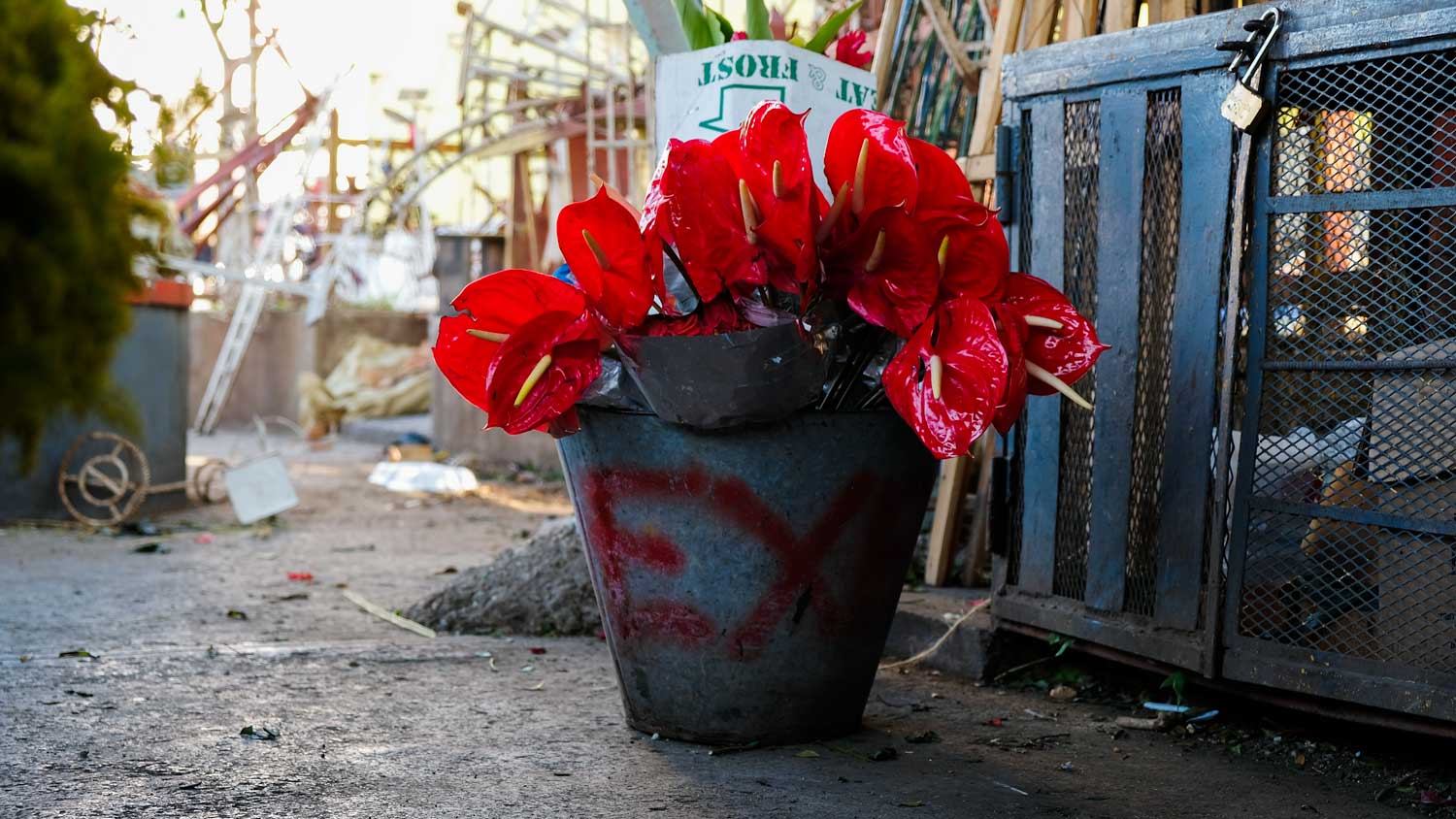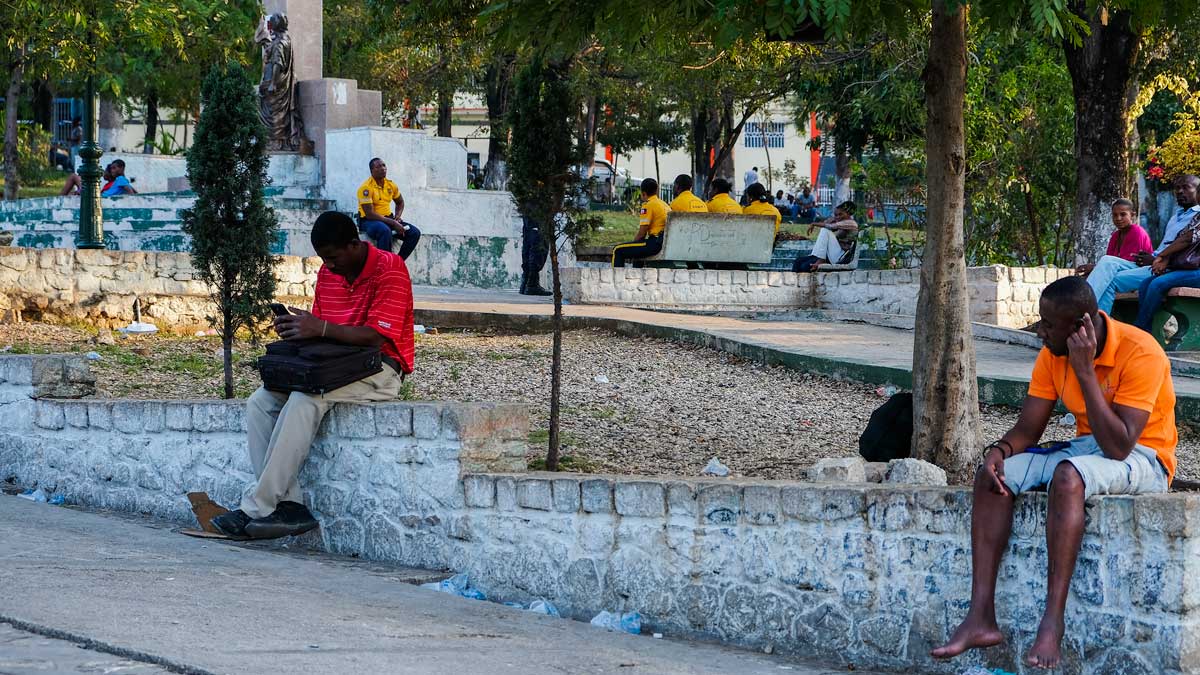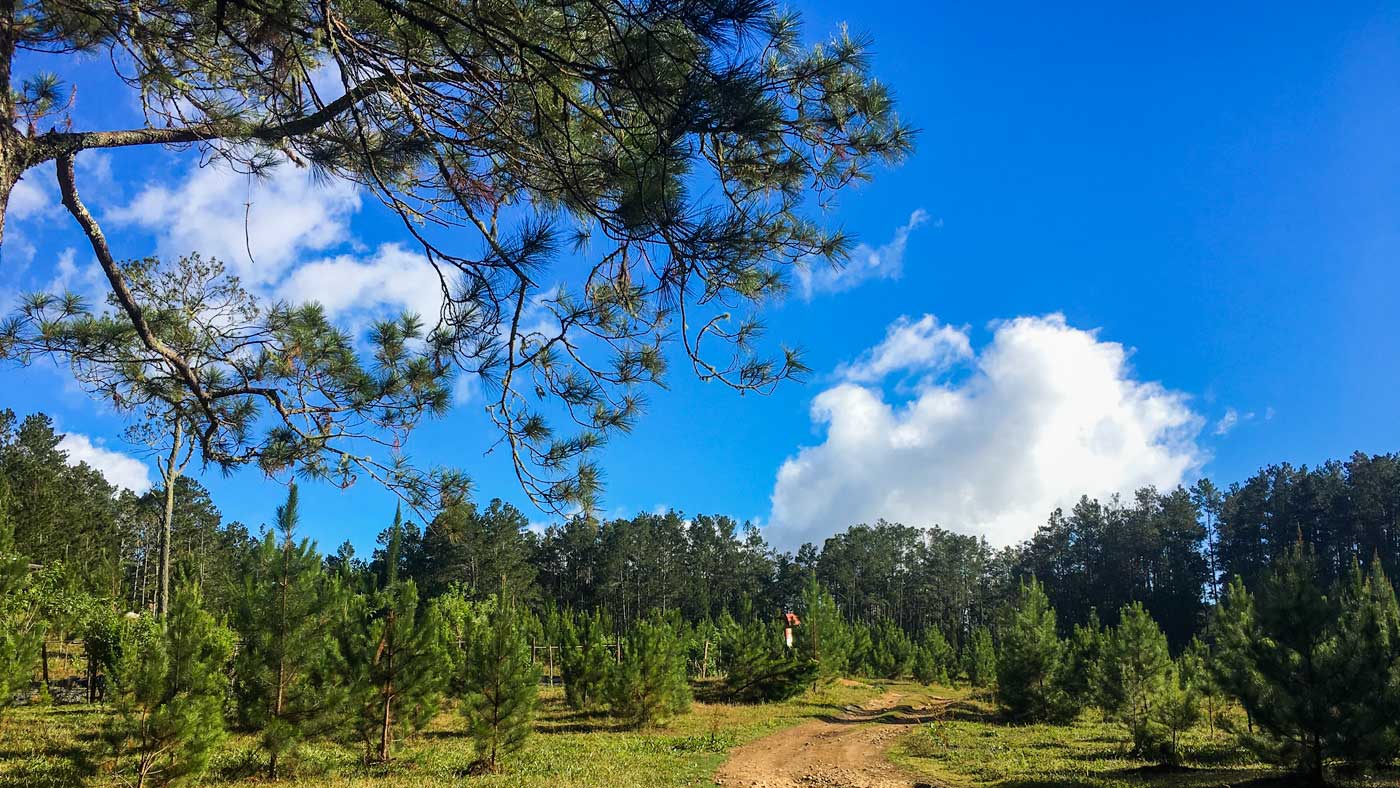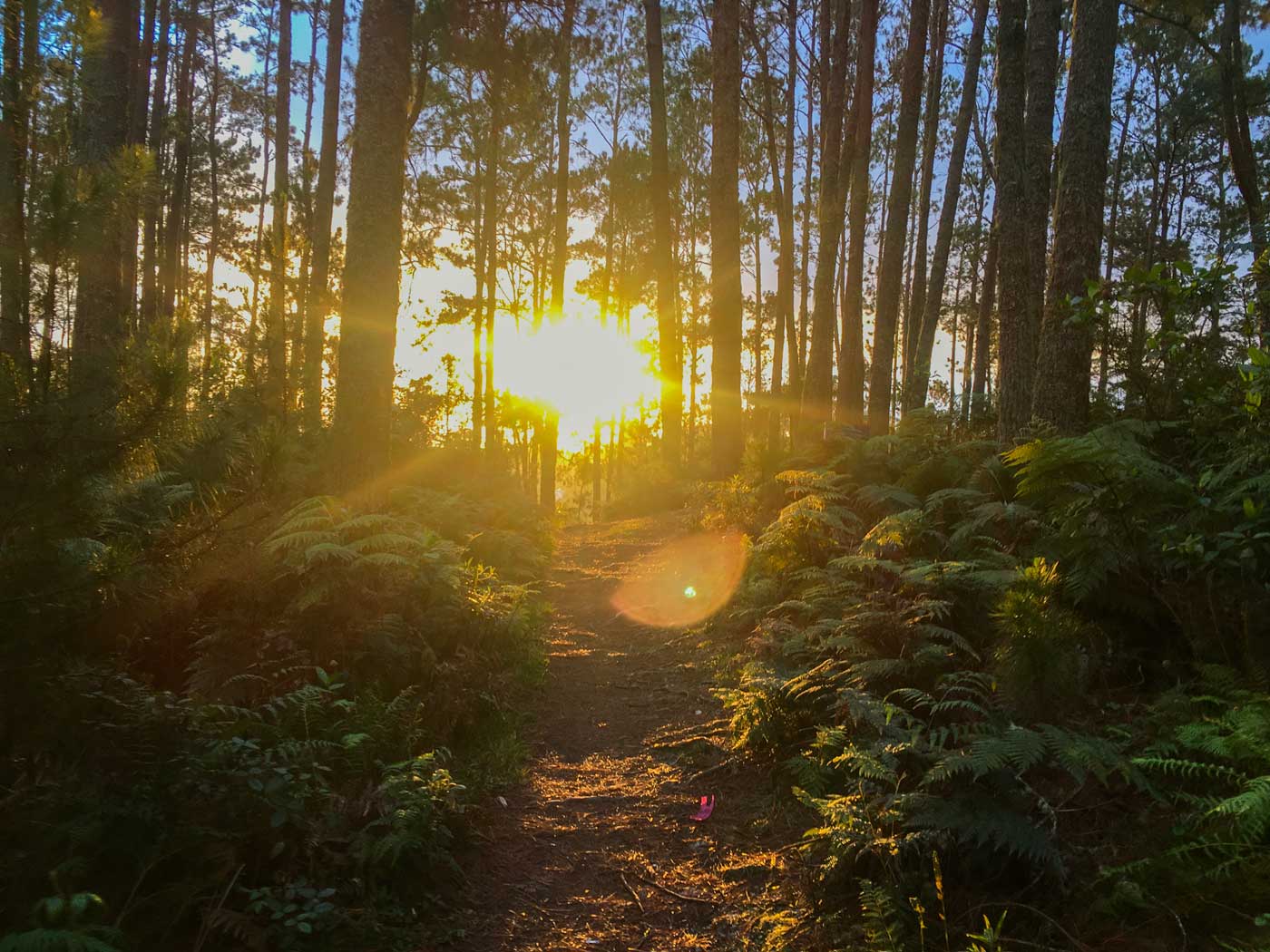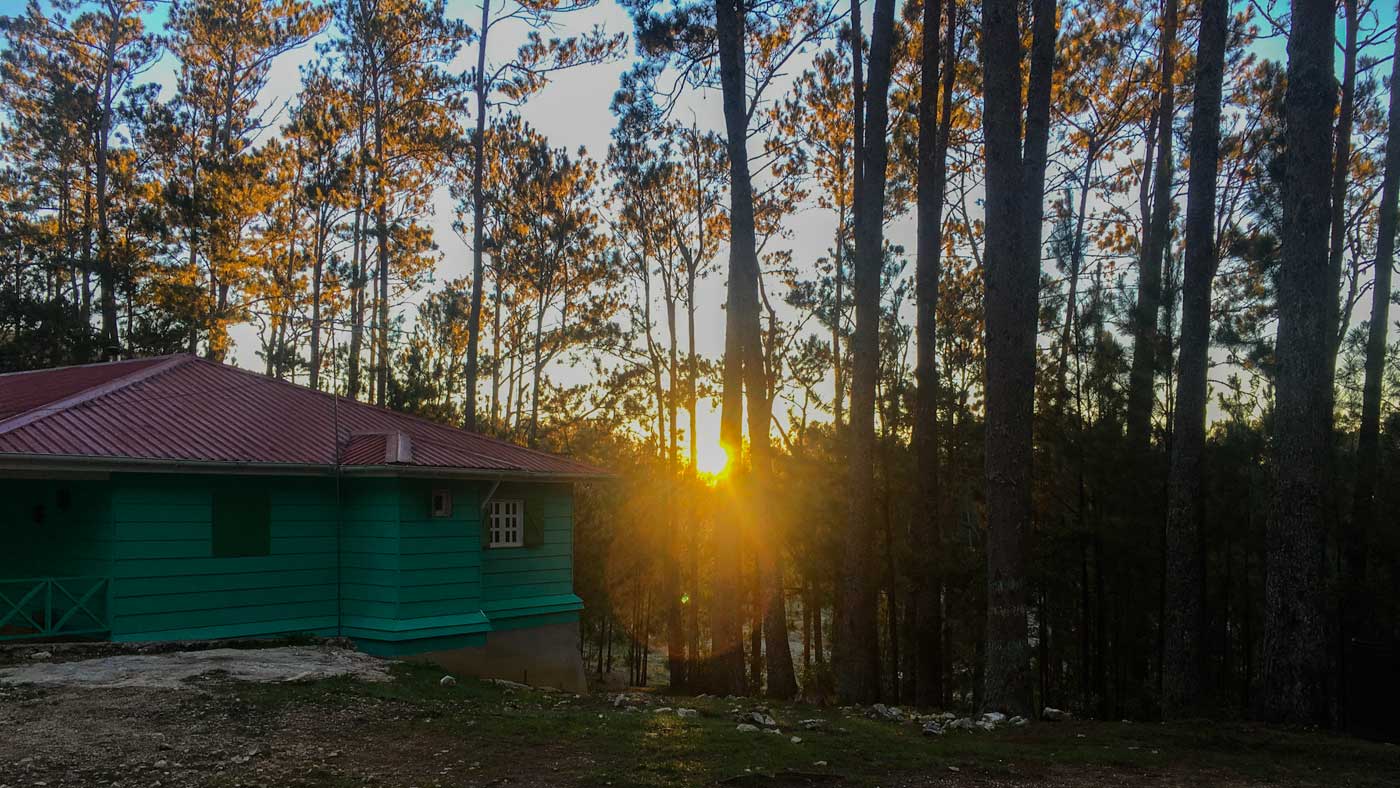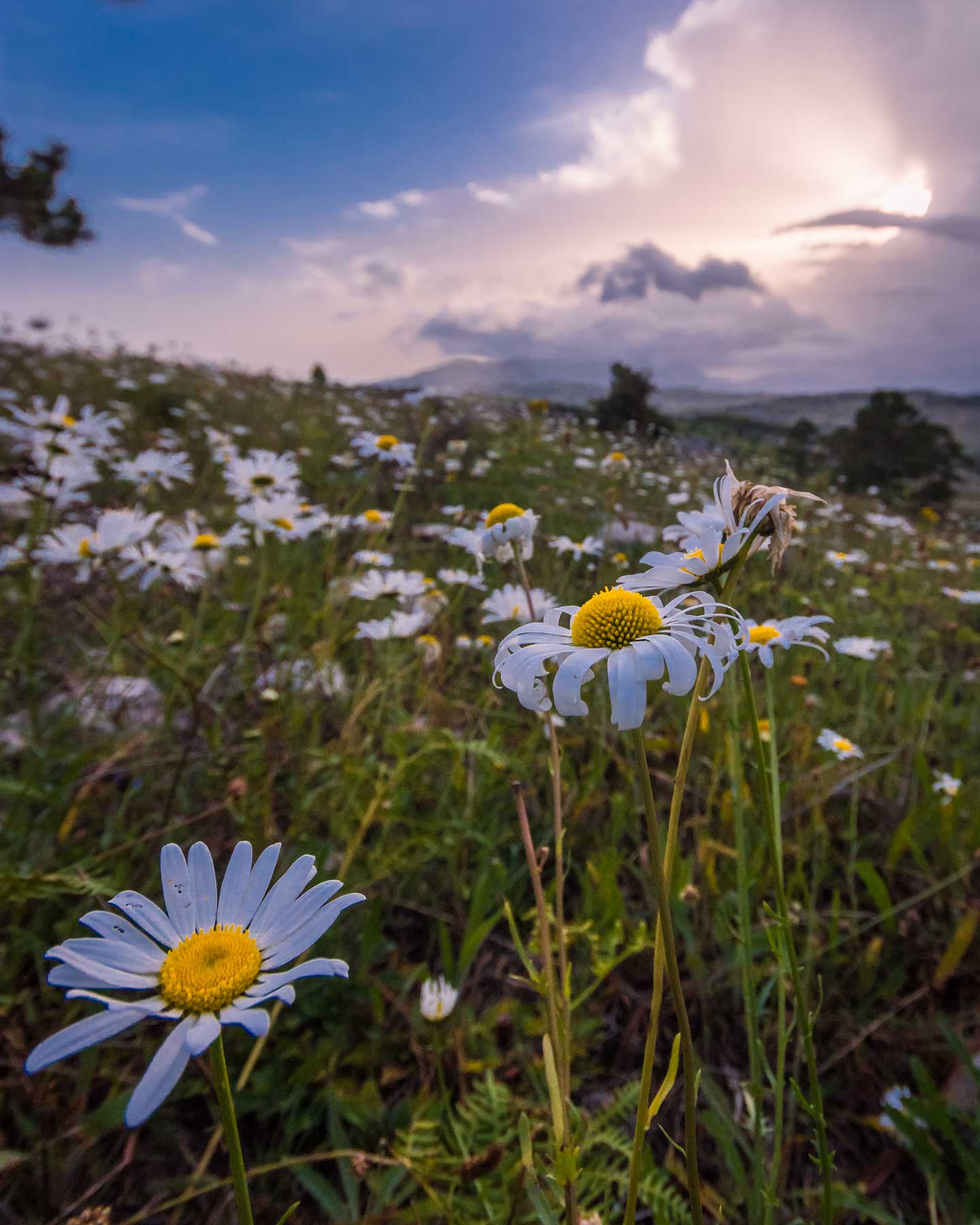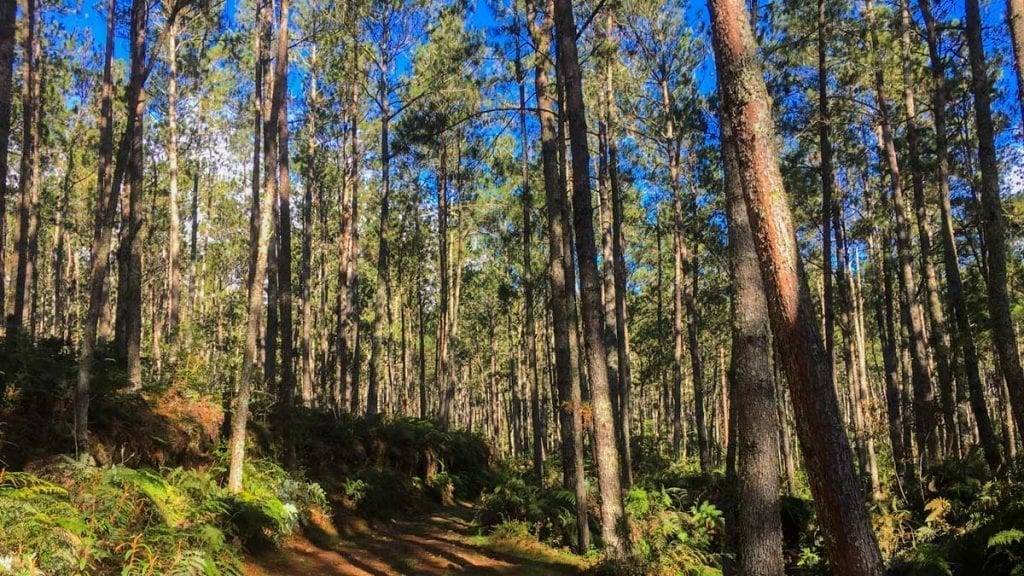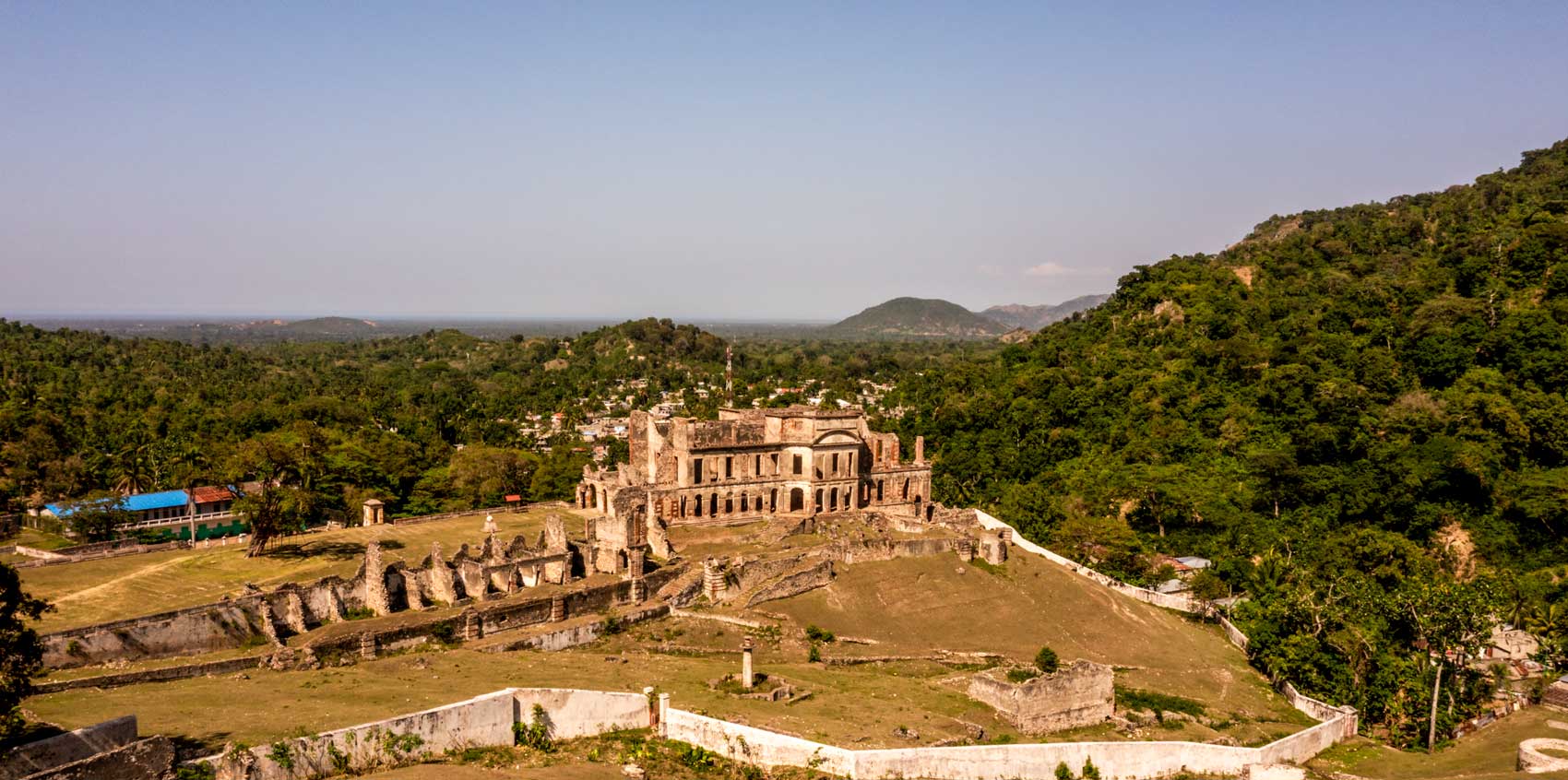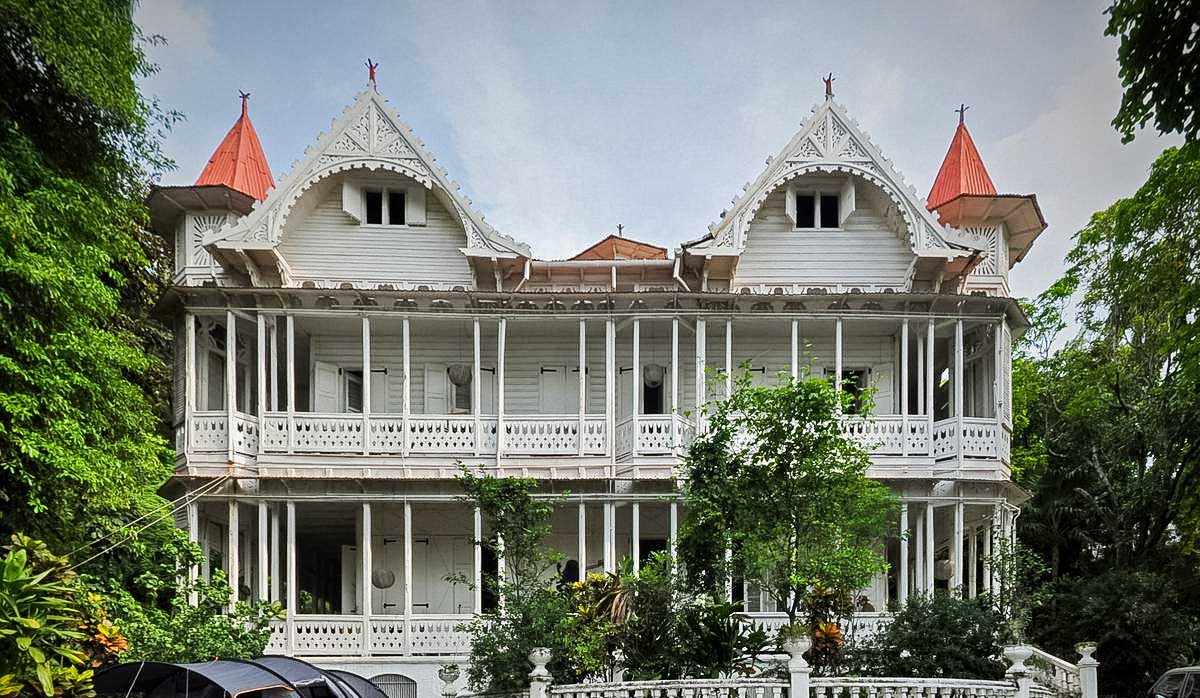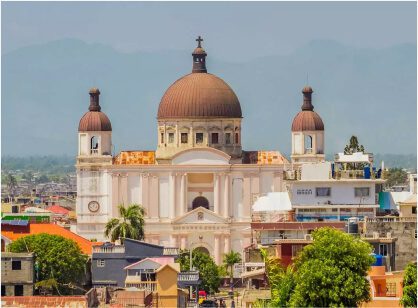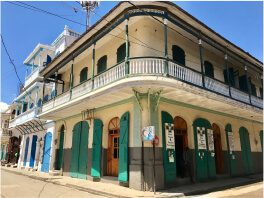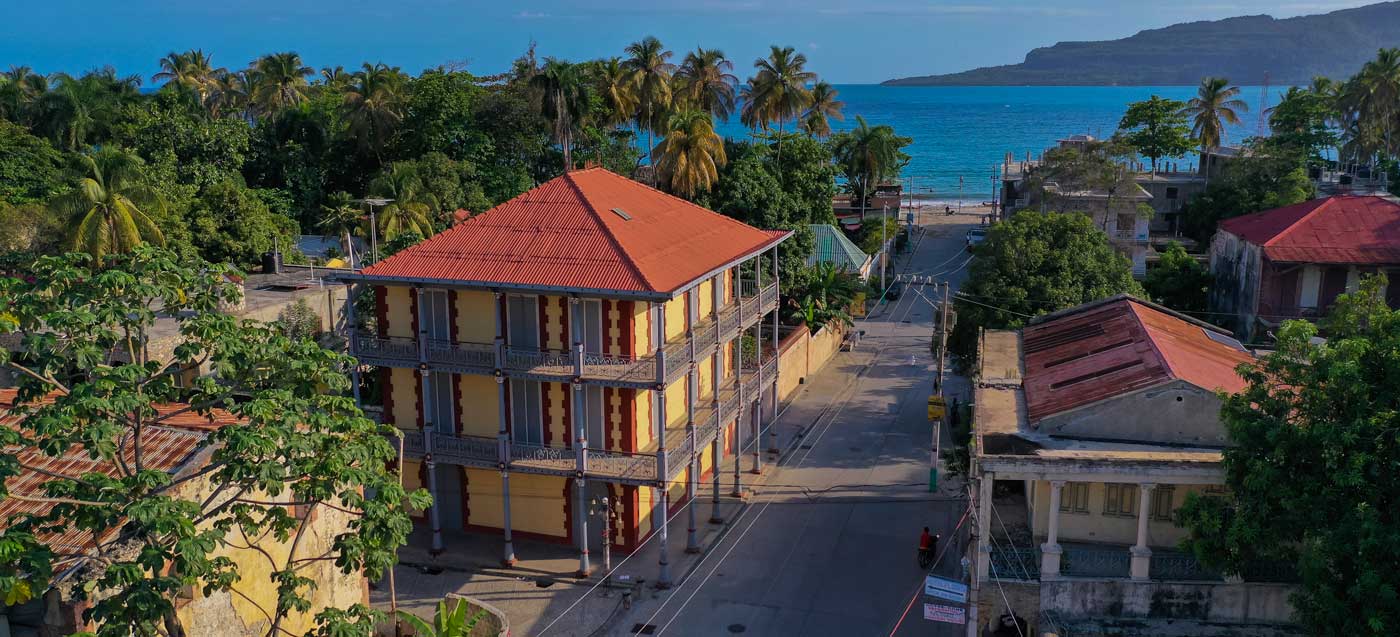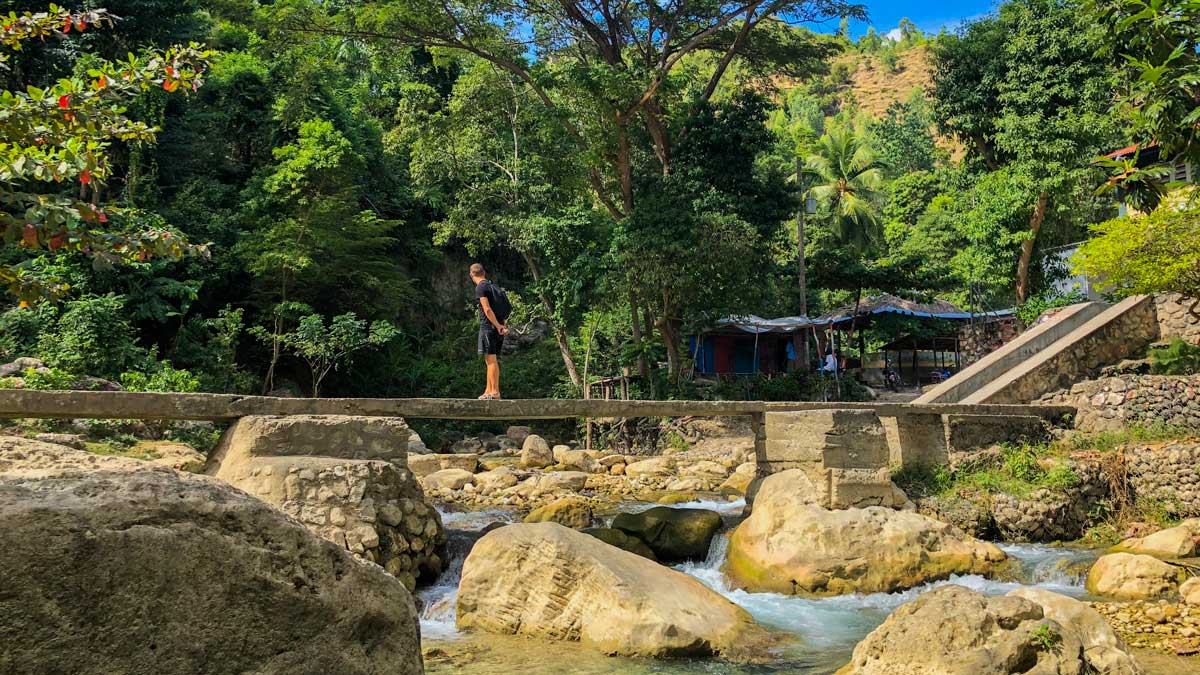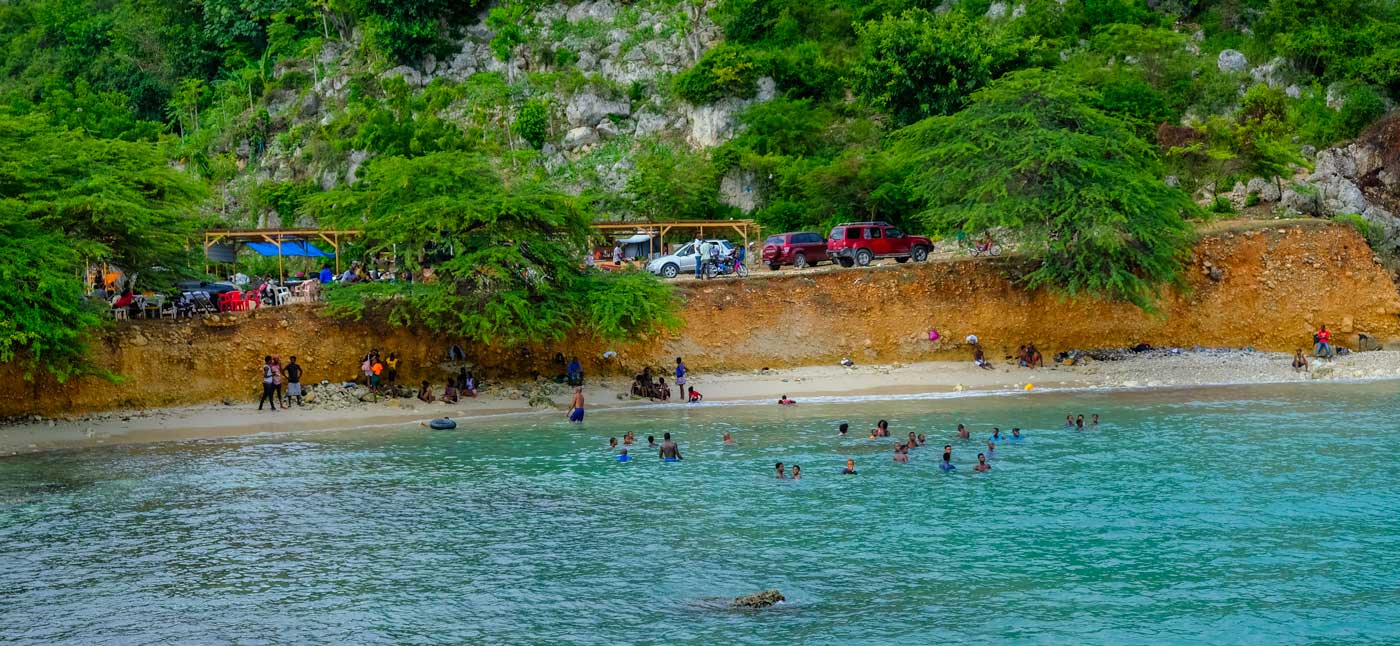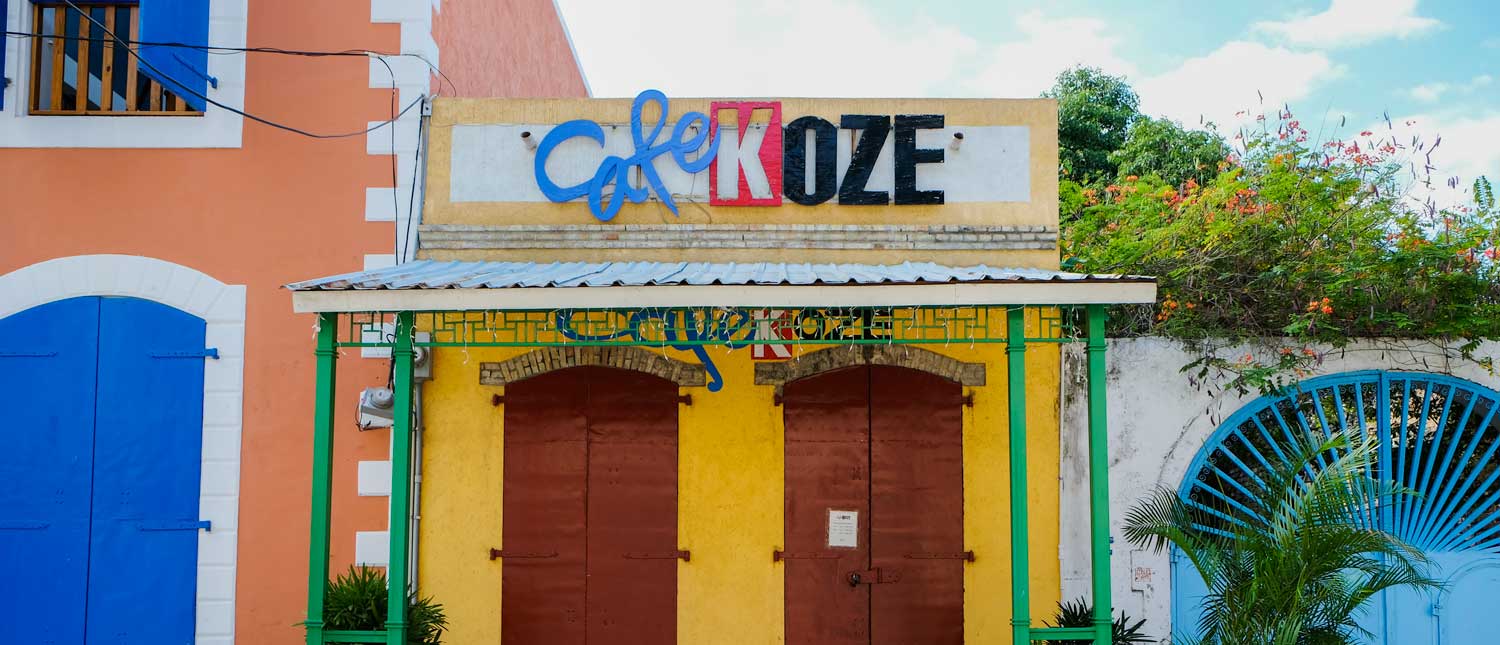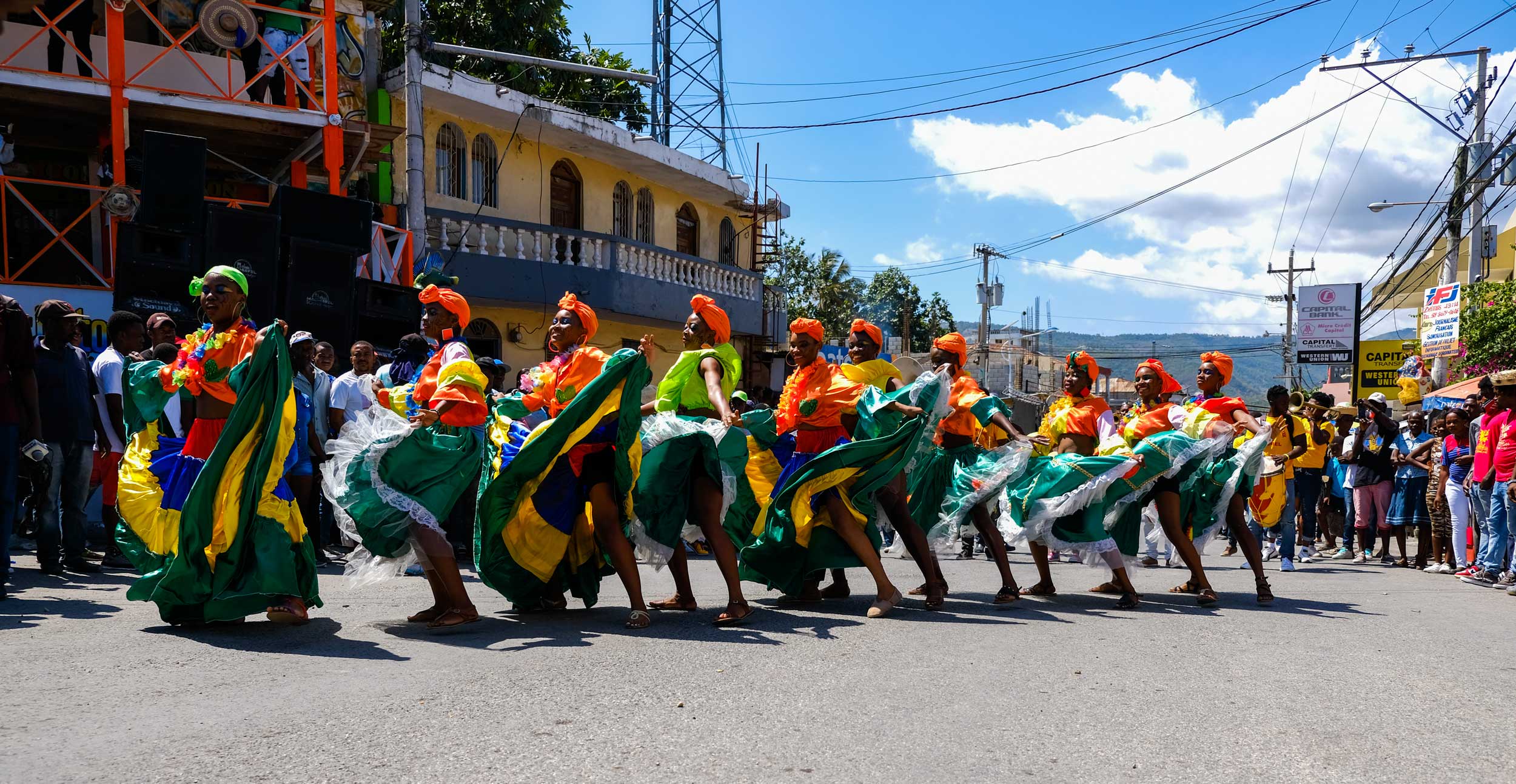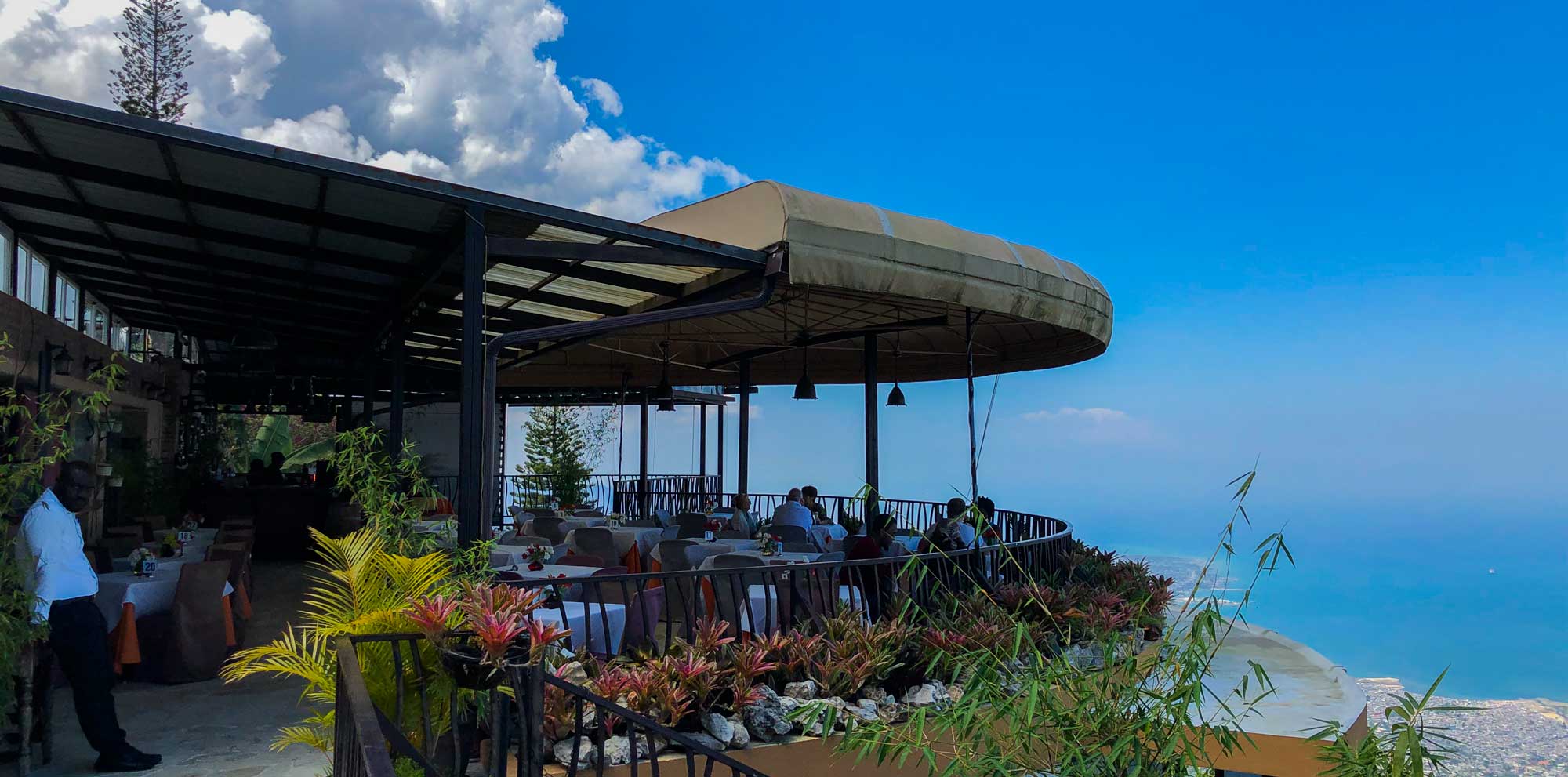
Photo: Anton Lau
Soak up Spectacular Views from the Heights of Boutillier
Spectacular Views
Situated less than an hour from downtown Port-au-Prince, on the uppermost reaches of the ranges beyond Petion-Ville, amid cool mountain glades and forests of palms and towering native conifers, Boutillier is one of Port-au-Prince’s premier tourist attractions with spectacular views over the city, day or night.
The heights of Boutillier are home to roadside booths where artists sell their art as souvenirs, similar to the street-side craft markets in Place St. Pierre, Champs de Mars or Grand Rue, but the place that most travellers go to enjoy the view is the restaurant L’Observatoire.
L’Observatoire
The terrace of L’Observatoire boasts a phenomenal panoramic view of Petion-Ville and Port-au-Prince – taking in rolling green hills, the entire capital city, the turquoise expanse of bay Port-au-Prince, and the mountain ranges on the opposite shore.
Run by two sisters, L’Observatoire offers decent Haitian fare with some standouts: the best things on the menu are the freshly-pressed juices, traditional coffee, lobster burgers, and Pain Patate – a traditional Haitian dessert made from sweet potatoes and flavoured with rum-drenched raisins. Speaking of rum, the bar does excellent cocktails, and you probably won’t need more than one! L’Observatoire is also one of the few places in Port-au-Prince you can comfortably order vegetarian meals right off the menu.
Expect to pay New York prices here – you’re paying for the view and it’s the best in the city. Remember, though, that you’re on island time – you’ll have plenty of time to enjoy the view while you wait for you food, so grab a table – and a cocktail – and settle in to wait.
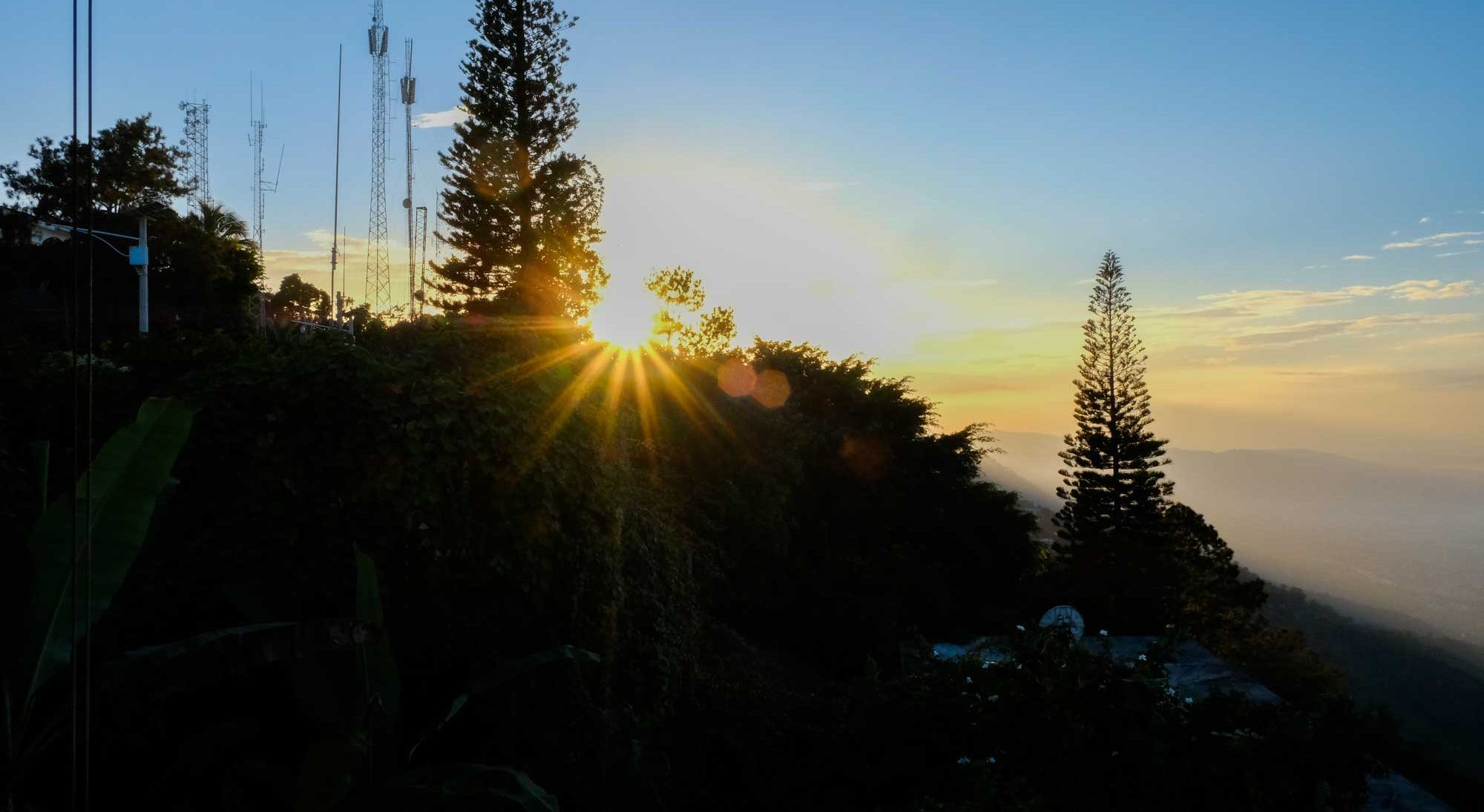
Photo: Franck Fontain
Romantic Getaway
As one of the most romantic spots in the city, you might expect L’Observatoire to have an extensive wine list – don’t. There’s a house white and a house rose, and last time I checked no red at all – but you can get red wine anywhere – how many places can you order a cocktail made with locally-distilled rum and sip it while leaning against a railing and looking over what feels like half the Caribbean?
The night-time view up here is even better than the sunset: the dark mountains plunge down onto the bay, and city lights cascade down their sides, pulling you towards the heart of the city. Just remember to bring a sweater or a blanket! It’s super romantic to have to lend or borrow a jacket to/from your date but keep the cool mountain air in mind so you don’t have to call off your night just as the view really gets magical.
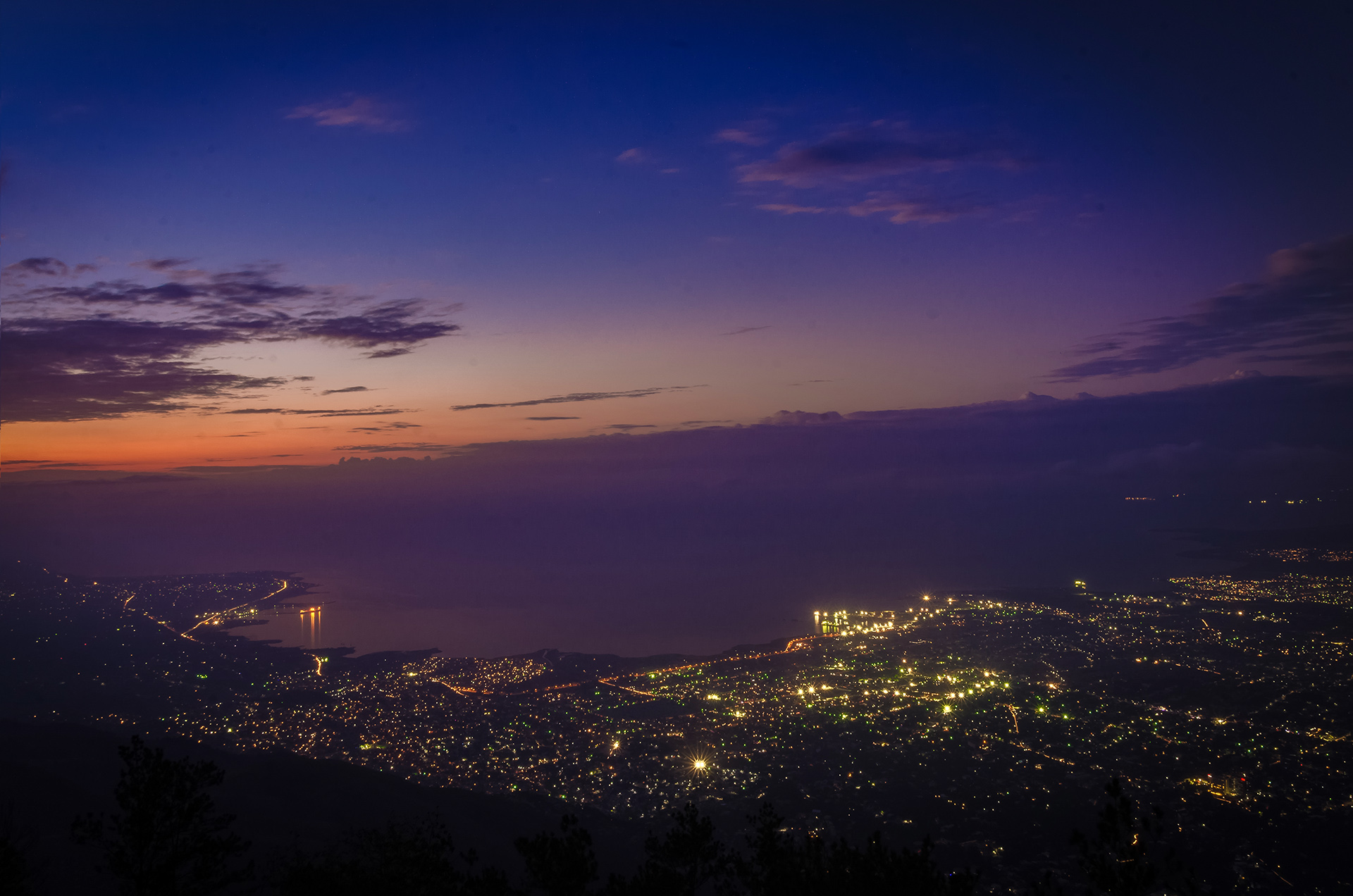
Photo: Ricardo Lartigue
When to go
New Years
A spectacular choice for new years’ celebrations. The young and old, tourists, expats and locals, all come here to celebrate new beginnings at the top of the world. An incredible place to count down to midnight, surrounded by friends when the city lights up in fireworks.
When you have a date
Nothing says romantic evening like the view Boutilier.
Getting there
If you are driving up from Pétion-Ville, go up Kenscoff road until you reach the fork of Laboule 12. From there, the drive to Boutilier is one of the most scenic urban stretches Haiti has to offer. Trees flank the road, and most of the homes are gated estates, with a few neighborhood boutiques here and there.
After a while, the road is unpaved and the homes give way to green rolling hills, from which you have a spectacular vantage point on the hills of Laboule and Pelerin. It turns back to asphalt after a few minutes, and again, winds between homes, small boutiques, and stretches of lush mixes of forest and farmland.
Written by Kelly Paulemon.
Published October 2018
Find Boutillier
External Links
Find out more about Boutillier on Tripadvisor

L’Observatoire’s Facebook page

Looking for some cool things to do?

Paradise for your inbox
Your monthly ticket to Haiti awaits! Get first-hand travel tips, the latest news, and inspiring stories delivered straight to your inbox—no spam, just paradise.








